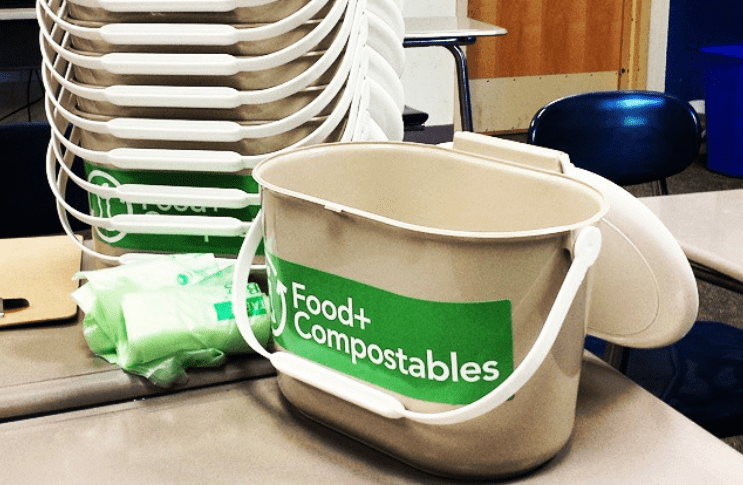Materials Required:
Composting bin or container (if setting up a bin)
Organic waste (e.g., fruit and vegetable scraps, coffee grounds, egg shells)
Compostable materials (e.g., paper towels, cardboard)
Small shovel or trowel (for mixing)
Labels or signs (for compost bin instructions)
Steps Involved:
Introduce the Concept: Explain what composting is and how it helps reduce waste and enrich soil. Use visual aids like pictures or videos to illustrate the composting process.
Set Up a Compost Bin (if applicable):
Choose a location for the compost bin (e.g., a corner of the classroom or school garden).
Start the bin with a layer of organic waste and compostable materials.
Add more layers as you collect waste, alternating between green (nitrogen-rich) and brown (carbon-rich) materials.
Classroom Discussion:
Talk about what can and cannot be composted. Show examples of compostable vs. non-compostable materials.
Discuss the benefits of composting, such as reducing landfill waste and creating nutrient-rich soil for plants.
Observation and Care:
If you have a compost bin, involve students in monitoring and turning the compost regularly.
Observe the decomposition process and discuss the changes in the compost bin.
Follow-Up Activities:
Use the compost in classroom gardening projects to show its benefits.
Encourage students to bring in compostable waste from home and participate in the composting process.
Review and Reflect:
Regularly review the composting process with students and discuss any observations or changes.
Reflect on how composting contributes to sustainability and environmental stewardship.

